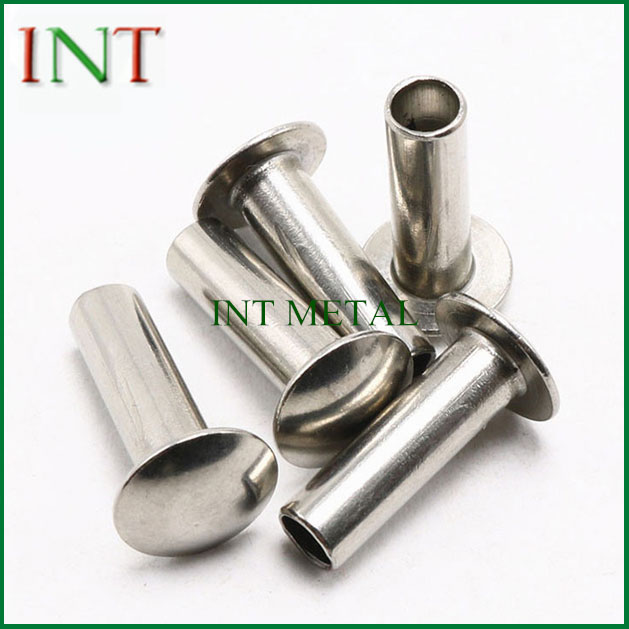Strength in Joining: Primary Applications of Hollow Steel Rivets in Industrial and Manufacturing Settings
2024-05-10
In the intricate tapestry of industrial and manufacturing processes, the humble rivet plays a pivotal role in holding together the pieces that form the whole. Among the myriad fastening solutions available, hollow steel rivets stand out for their versatility, strength, and reliability. Let's delve into the primary applications of hollow steel rivets in industrial and manufacturing settings, where their unique qualities shine.
Aerospace Industry:
1. Aircraft Assembly: Hollow steel rivets are extensively used in the assembly of aircraft components, including fuselage panels, wing sections, and structural frames. Their lightweight yet robust construction makes them ideal for joining aerospace-grade materials such as aluminum alloys and composite materials.
2. Spacecraft Construction: In the aerospace industry, where every gram counts, hollow steel rivets find application in the construction of spacecraft and satellite structures. Their high strength-to-weight ratio and resistance to temperature extremes make them suitable for withstanding the rigors of space travel.
Automotive Manufacturing:
3. Body and Chassis Assembly: Hollow steel rivets play a vital role in the assembly of automotive bodies and chassis components. They are used to join sheet metal panels, structural members, and frame components, providing strength and rigidity to the vehicle's structure while minimizing weight.
4. Suspension and Steering Systems: In automotive suspension and steering systems, hollow steel rivets are used to secure components such as control arms, ball joints, and steering linkages. Their ability to withstand dynamic loads and vibrations makes them an essential fastening solution in these critical systems.
Construction Sector:
5. Steel Fabrication: Hollow steel rivets are widely employed in the construction of steel structures such as bridges, buildings, and infrastructure. They are used to join steel beams, columns, and trusses, providing structural stability and load-bearing capacity in a variety of construction projects.
6. Metalworking and Welding Applications: In metalworking and welding applications, hollow steel rivets serve as an alternative fastening method to welding or bolting. They are used to join metal sheets, plates, and profiles, offering a reliable and cost-effective solution for assembling metal components.
Manufacturing and Industrial Equipment:
7. Machinery Assembly: Hollow steel rivets are commonly used in the assembly of industrial machinery and equipment, where they provide secure and durable joints between metal components. They are employed in applications ranging from conveyor systems and processing equipment to agricultural machinery and heavy-duty vehicles.
8. Appliance Manufacturing: In the production of household appliances such as refrigerators, washing machines, and ovens, hollow steel rivets are used to assemble metal cabinets, panels, and structural frames. Their strength and durability ensure that appliances withstand everyday use and environmental conditions.
Marine and Offshore Industries:
9. Shipbuilding: In the maritime industry, hollow steel rivets are utilized in the construction of ships, boats, and offshore structures. They are used to join hull plates, bulkheads, and structural members, providing watertight seals and structural integrity in marine environments.
10. Oil and Gas Platforms: Offshore oil and gas platforms rely on hollow steel rivets for the assembly of structural components and equipment. They are used to join steel plates, pipes, and modules, providing stability and reliability in harsh offshore environments.
In conclusion, hollow steel rivets are indispensable in a wide range of industrial and manufacturing applications, where their strength, reliability, and versatility make them the fastener of choice. From aerospace and automotive manufacturing to construction and machinery assembly, hollow steel rivets play a vital role in holding together the world around us, ensuring safety, stability, and efficiency in every joint they secure.



